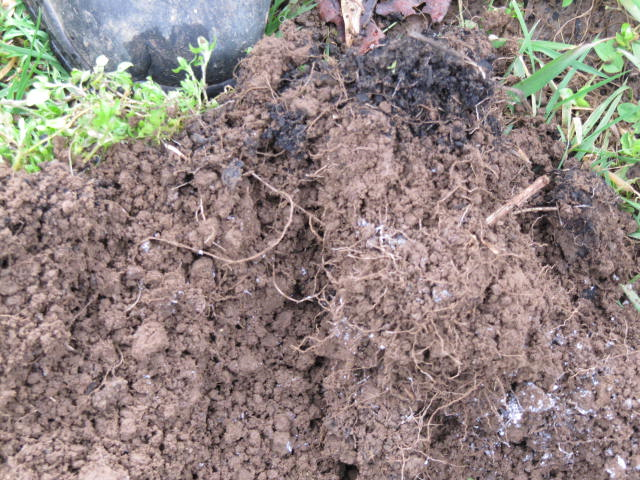The Dirt | Healthy Soil Helps the Planet! Part 2
Welcome to the Willamette Valley Regenerative Landscape Coalition Soil Carbon Blog series!
The opinions, beliefs and viewpoints expressed by the author of this five-part blog series do not necessarily reflect the opinions, beliefs and viewpoints of Benton Soil & Water Conservation District representatives.

Part 2: Root exudates
In the first post, we talked about the importance of soil organic matter in storing carbon. Increasing organic matter may prove to be a revolutionary tool for gardeners to address climate change, because of something you probably didn’t learn about in high school biology – root exudates.
Recent research has shown that plants release sweet, gooey substances into the soil. Here is how it works. Plants use the sun’s energy to collect carbon from the atmosphere. They use the carbon to make sugar, a simple way to store energy. Part of this sugar is used to keep the plant alive and growing. But the plant also does something strange with the rest of this sugar. It leaks it out of its roots in the form of exudates. Scientists once thought this leakage was wasteful, but more recently they’ve realized that plants are actually engaging in subsoil commerce.
Plants trade sugar with soil microbes.
Soil microbes and fungi trade with plants. Most of those little guys down there don’t photosynthesize, meaning they have no way of gathering energy to power the chemical processes they need for life. But the microbes and fungi are good at gathering minerals that plants need. These underground communities have a trade system where the microbes get energy from the exudates and they provide plants with hard-to-reach minerals. All partners benefit from this symbiotic relationship.
